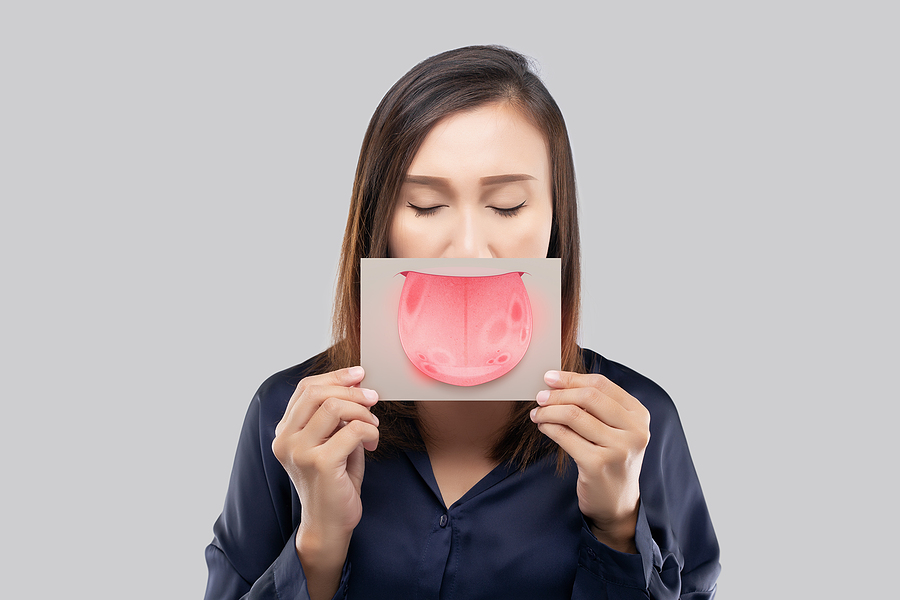Go anywhere these days and you will hear someone talking about what they eat—or don’t eat. It’s a good thing that we are thinking about what we put into our mouths and bodies. Sometimes, however, we make selections believing we are making the best choices only to find out there are some issues we just didn’t know about.
We all know to cut down on candy and soda because of the sugar content and empty calories and the chemicals and, and, and… the list grows as the variety of candy and soda expands. Cake, donuts, pie, those are all on the limit or eliminate list, too.
All of us, from dentists to hygienists, at Southeast Family Dental want you to know that there are some stealth foods that may be fooling you into thinking you are making a healthy choice, when in fact, you are setting your teeth up for damage and decay.
Top 3 stealth foods
We are very proactive about Preventative Care so here are our top 3 Stealth Foods that you should limit because of their effects on your teeth:
- Dried Fruits. Examples include apricots, apples, bananas, cherries, cranberries, raisins. Yes, we know they are fruit and fruit is considered a healthy food. But as the water content is removed from fruits, the sugars in the fruit become more concentrated—and sticky. Some dried fruits also have had additional sugar added on top of the natural sugars, and that adds to the stickiness. Then, when the fruits are put in your mouth, all that sugar sticks to your teeth. Your teeth grind it up and pushes it deep down into the crevices where it traps acid-producing bacteria that can lead to cavities.
- Ice Cubes. I can hear what you’re saying, “What? After all, isn’t ice just water and isn’t water one of the best things you can put into your mouth and body?” Yes, still water is good for your teeth and body. But the emphasis here is on I-C-E. Ice, while not really a food, can wreak havoc on your teeth. Chewing ice may be fun for some, but it’s definitely not fun in the long run. The hardness is tough on teeth, potentially chipping or cracking teeth and it is definitely a hazard for crowns, fillings and other dental work already in place. You might not experience any damage immediately, but long term ice-chewing can result in fractures that affect teeth later in life.
- Bread. This is another food that is so stealthy people think as long as they are eating “whole grains” they are eating healthy. Well, here’s the hidden facts: Once bread is in your mouth, the enzymes in saliva begin to break it down and turn it into starch. Starch is a form of SUGAR. So bread is like eating candy—only potentially worse. I say worse because bread gets squished down in between teeth where it, like the dried fruit, gets trapped and begins producing bacteria. You know what the bacteria causes—decay and cavities.
So what can you do?
So what can you do besides completely avoiding these things? Keep your teeth clean with brushing and flossing. At the very least, rinse your mouth with water after eating these items and avoid chewing ice. One of the most proactive practices you can put into place is Preventative Care. Regular cleanings and check-ups will keep you on the right track.
More Blog Posts
Office Hours
MON - THU8:00 am - 5:00 pm
FRI8:00 am - 2:00 pm
SAT - SUNClosed





